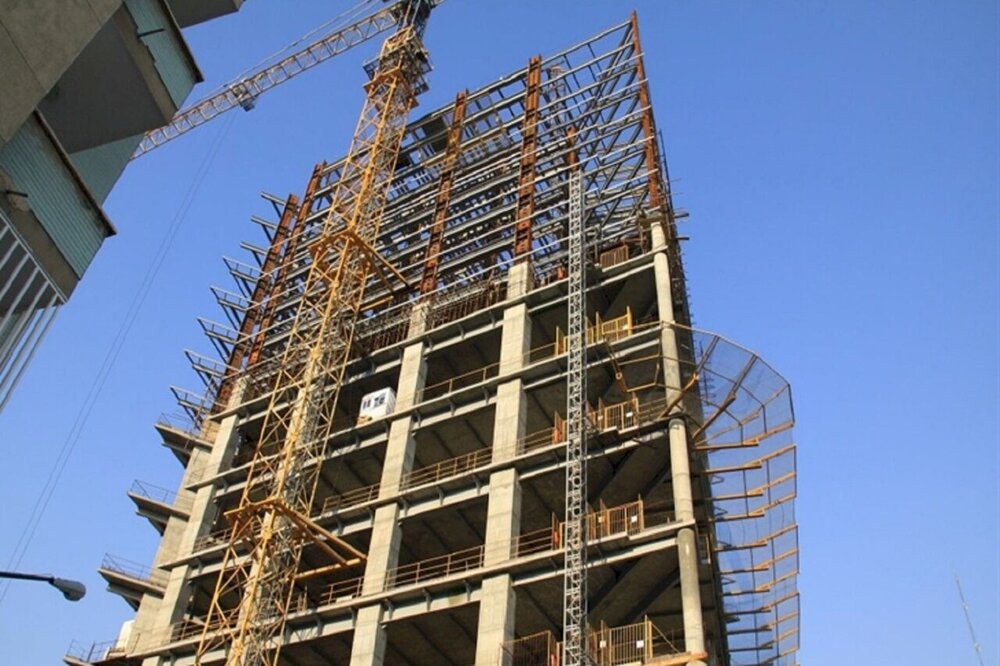240 tourism projects underway in Khorasan Razavi

TEHRAN – A total of 240 tourism-related projects are currently underway across the northeastern Khorasan Razavi province, which is a top destination both for pilgrims and holidaymakers.
An investment value of 500 trillion rials (about $12 billion at the official exchange rate of 42,000 rials per dollar), has been channeled into the projects, the deputy provincial tourism chief has said.
Those include hotels, apartment hotels, guesthouses, travel complexes, recreational centers, and villages specifically developed for health tourism, IRNA quoted Ahmad Dinari as saying on Sunday.
Some of the projects, however, have been delayed due to rising construction costs in the face of the depreciation of the Iranian rial against foreign currencies, and the coronavirus outbreak, the official explained.
The projects are expected to create over 11,000 job opportunities following their inauguration, he added.
Mashhad, the capital of Khorasan Razavi province, is Iran’s holiest and second-largest city. Its raison d’être and main sight is the striking massive shrine complex of Imam Reza (AS), the eighth Shia Imam
Dozens of five-star hotels and hostels are dotted across Mashhad. The city has also the highest concentration of water parks in the country, and it also embraces a variety of cultural and historical sites that are generally crowded. The metropolis is also a good place to buy top handwoven rugs and carpets, and it’s a staging post for travel to Turkmenistan, Afghanistan, and little-touristic Khorasan regions.
Before the coronavirus puts almost everything on lockdown, Mashhad, played host to thousands of travelers and pilgrims who come from various Iranian cities, neighboring countries, and even across the globe to visit the holy shrine.
According to official statistics, some 37 million Iranian pilgrims and travelers visited the shrine city of Mashhad during the first ten months of the past Iranian calendar year 1398 (March 21, 2019- March 10, 2020). Of whom some eight million came by road, six million by rail, 3.8 million by air, and 18 million by private cars.
ABU/AFM
Leave a Comment